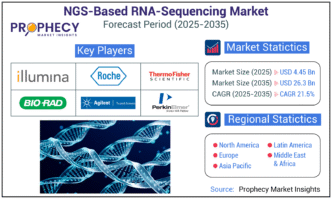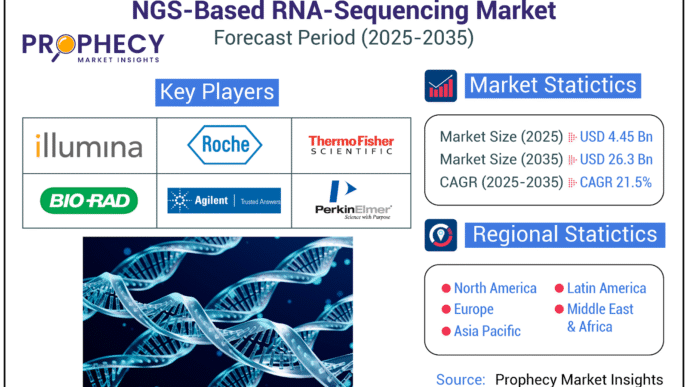Controlling your business’s network is crucial in today’s linked world to ensure security, effectiveness, and dependability. Due to the proliferation of devices and the growing complexity of network infrastructures, strong network control mechanisms have become essential for businesses of all sizes.
Deploying Advanced Firewalls: Building a Fortified Barrier Against Cyber Threats
Your network’s firewall acts as its first line of protection, keeping an eye on all incoming and outgoing traffic and preventing illegal or possibly dangerous connections. Intrusion prevention systems (IPS), threat intelligence feeds, deep packet inspection, and advanced firewalls use other cutting-edge technologies to detect and neutralize a variety of online threats quickly. Advanced firewalls can be strategically placed across your network to provide a strong defense against intruders and safeguard your confidential information and assets. Firewalls can also be set up to enforce access restrictions and security regulations, making sure that only authorized users and devices can connect across your network.
Implementing Network Segmentation: Controlling Traffic Flow and Limiting Exposure
Network segmentation is the process of breaking your network up into different zones or sections according to variables like user roles, data sensitivity, and security needs. You can regulate traffic flow and lessen the possible effect of security lapses or network outages by segmenting your network. For instance, to stop unwanted access to private resources, you can divide visitor Wi-Fi networks from internal business networks. Furthermore, to reduce the possibility of lateral movement in the case of a security incident, you can isolate important systems and assets within their segments.
Conducting Regular Security Audits and Assessments: Identifying Weaknesses and Vulnerabilities
To keep your network architecture as secure as possible and to make sure that legal requirements are being followed, regular security audits and assessments are crucial. To find possible hazards and opportunities for improvement, thorough security audits include evaluating network setups, access restrictions, and security policies. You can also find and fix security flaws before bad actors can take advantage of them by conducting penetration testing and vulnerability assessments.
Enforcing Access Control Policies: Restricting User Permissions and Privileges
A key component of security is network control, which enables you to establish and implement rules that regulate who is allowed access to certain resources and services on your network. You can reduce the risk of unwanted access and data breaches by limiting user rights and privileges via the implementation of access control mechanisms. One popular kind of access control is called role-based access control (RBAC), which authorizes people according to their jobs and responsibilities within an organization. Administrators, for instance, could have complete access to all network resources, whereas ordinary users would only have restricted access. Enforcing access control rules can help you lower the risk of security incidents and compliance breaches by limiting access to sensitive data and key systems to authorized individuals only.
Monitoring and Analyzing Network Traffic: Identifying Anomalies and Intrusions
Monitoring and analyzing network traffic continuously is necessary for effective network management to identify and address any security risks as well as performance problems. Tools for network monitoring record and examine data packets as they go across your network, giving you information about use patterns, traffic patterns, and any abnormalities. Real-time network traffic monitoring allows you to spot unusual behavior, such as malware infections, denial-of-service attacks, or unauthorized access attempts, and take the necessary precautions to reduce risks. Additionally, by identifying bottlenecks, enhancing routing routes, and ranking vital apps, network analysis tools can assist you in improving network performance.
Conclusion
In today’s dynamic threat environment, robust network management mechanisms are crucial to safeguarding your company’s data, assets, and reputation. Network security can be prioritized, and strong control mechanisms can be put in place to protect your company’s network and ensure the privacy, availability, and integrity of your data and services.













